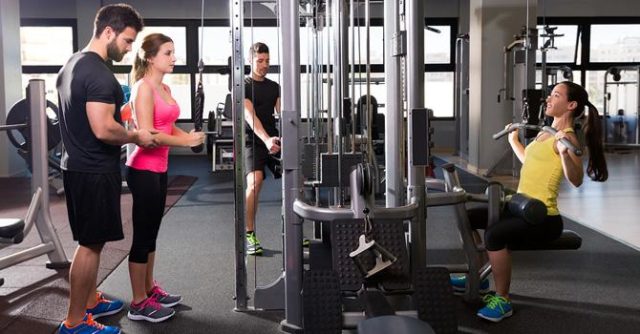Trying to find the perfect mix when it comes to training can be difficult especially with so many different opinions out there at the minute.
People who own gyms will tell you the gym in the only answer, people who run swear by running, cyclists say get on your bike you get less injuries.
So do you do yoga? Pilates? Crossfit? Swimming? the list goes on and on.
After many years in the fitness and injury business I would suggest the worst thing we can do, outside doing nothing of course, is to pick just one thing.
Repetition of the same movements over and over again can be harmful to our bodies, make us very one dimensional in our capacity to move and can also cause us to lose interest in our training.
So with that in mind, I’ve broken down training in three main categories:
Strength Training:
Strength training is essential in the modern world as even the so called physical jobs now are not as physically challenging as they once were.
Lifting weights and core work are hugely important and need to be part of your training calendar.
It is important to get expert coaching on this area of training.
It’s also important not to try an extreme amount of reps or try lift everything in the gym.
Don’t fear the weights section of your gym there are great benefits to be had including:
- Improves muscle tone and body shape
- Increases HDL – High Density Lipoprotein (good cholesterol) and decrease LDL – Low Density Lipoprotein (bad cholesterol)
- Reduces risk of diabetes and insulin needs
- Lowers risk of cardiovascular disease
- Lower high blood pressure
- Lowers risk of breast cancer – reduces high oestrogen levels linked to the disease
- Decreases or minimizes risk of osteoporosis by building bone mass
- Reduces symptoms of PMS (Premenstrual Syndrome)
- Reduces stress and anxiety
- Decreases colds and illness
Outdoor Cardiovascular based Training:
Get outside, especially this time of the year. #
There are so many different options. Walking, running and cycling are the obvious ones but don’t be afraid to try something else outside of these like canoeing, golfing, horse riding, hiking, mountain biking or sailing.
A 2011 study in The Peninsula College of Medicine and Dentistry found that outdoor exercise was associated with greater decreases in tension, confusion, anger and depression when compared to indoor activity.
A 2010 study in the Environmental Science and Technology journal found that even just five minutes of exercise in a green space can improve mood and self-esteem.
Research also suggests there are other reasons to take your next sweat session outside such as:
- Stronger heart and lungs
- Reduced stress levels
- Greater likelihood to keep exercising
- Lower risk of being overweight
- More energy
- Faster healing and less pain
- Higher vitamin D levels
- Better sleep
Mobility Training:
Our participation in all of the above activities can be seriously curtailed if injuries and immobility are holding us back.
Mobility training is something nearly everyone knows they need but unfortunately very few people understand.
Mostly we believe it involves some foam rolling or stretching for 5-10 minutes before training.
True mobility training involves a little more. There should be a good general daily movement program along with some more specific exercises that will target each individual’s issues.
Helping our bodies work at higher levels allows us to keep that valuable variety in our exercise habits.
It may not be possible for everyone to cover all these areas every week but across a calendar year we can easily introduce much needed variety of exercise, movements and environments.
READ ALSO – Noel Garvan: Will we ever see another Gooch?


























